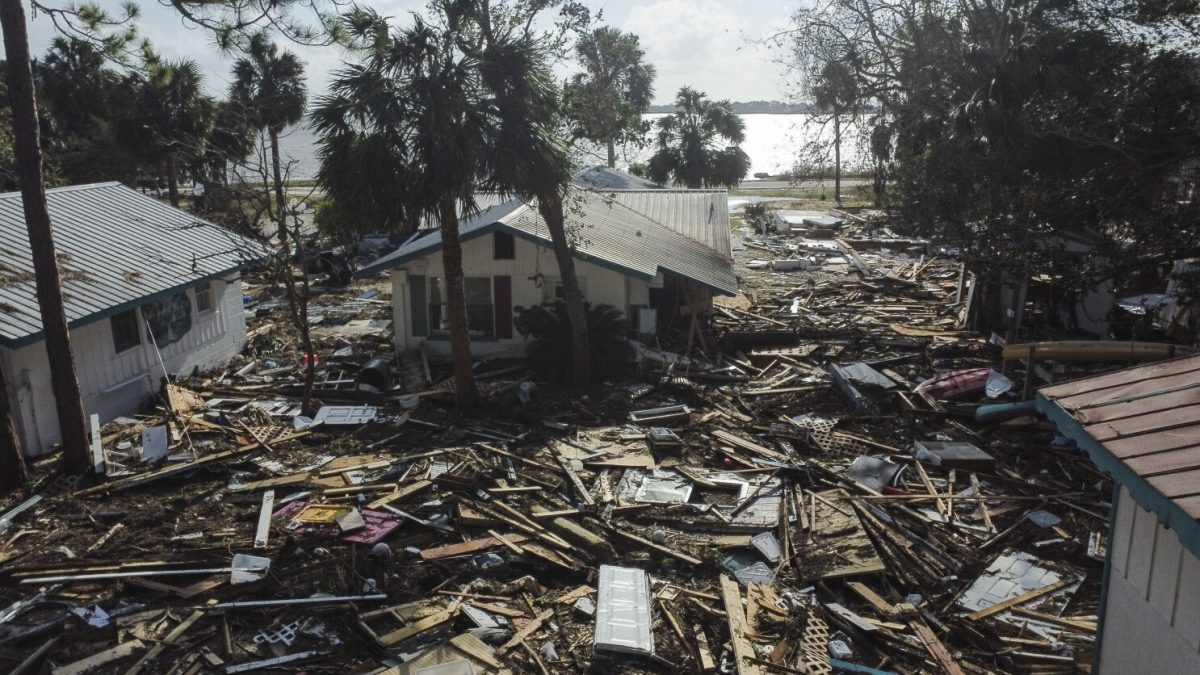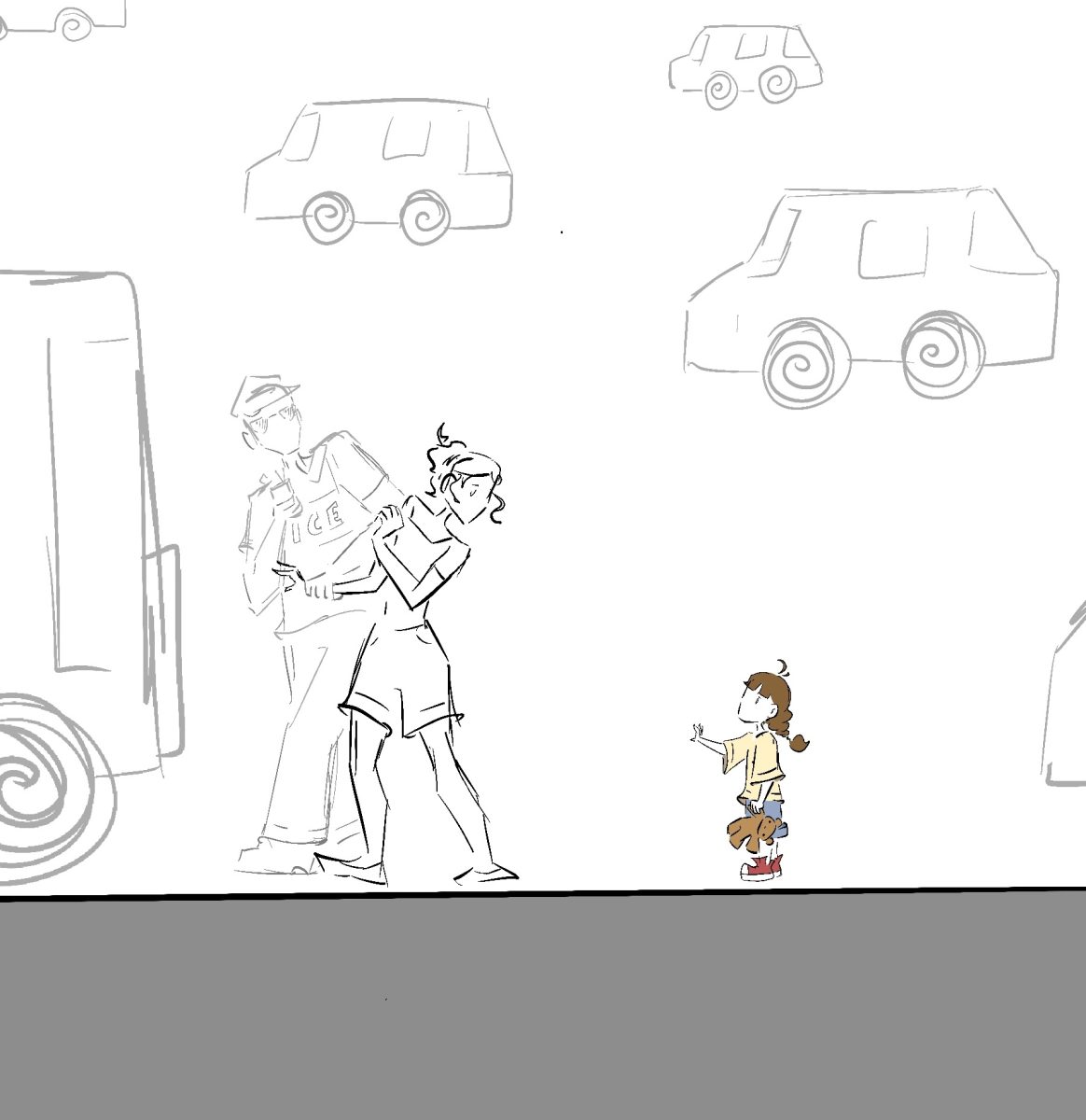In the late hours of September 26th, Hurricane Helene violently made landfall on the coast of Florida. Over the next few days, the Category 4 hurricane would wreak havoc across multiple states in the southeast, making history as the second deadliest hurricane to hit the mainland U.S. in the last 50 years, following Hurricane Katrina. With a rising death toll that has already reached 230 the marks left behind by Hurricane Helene are unimaginable.
Before the hurricane made landfall, it spent several days strengthening over the warm waters of the Gulf of Mexico, as many other hurricanes do. On Monday, September 23rd, the National Hurricane Center (NHC) was already dispatching warnings of a tropical storm potentially heading for the mainland U.S. The path of a hurricane can be hard to predict several days before it actually reaches land, but the NHC continued to make updates to the hurricane’s trajectory as data became more clear.
By Saturday, a state of emergency emerged across all states, but specifically so in North Carolina. North Carolina Governor Roy Cooper conveyed to ABC News, “We knew storms could cause damage, but we weren’t expecting the magnitude of this one—water raging in rivers all over in a way we’ve never seen before.” The extreme damage Cooper references can largely be attributed to the sheer size of Helene. Larger rain clouds and wind field coverage meant cities a significant distance from where the hurricane hit still felt the effects of the storm.
Furthermore, other factors such as moist ground that couldn’t take in more water, and the mountainous terrain of North Carolina, meant the damage from Helene was particularly extreme. Mitch Kolbe, resident of Fairview, North Carolina, depicted the damage to NBC, “It’s total chaos. You have mountain slides that have pushed houses into roads, and giant boulders have been pushed off the mountains into roads, into houses.”
Of the 230 deaths recorded across six states, more than a hundred of them occurred in North Carolina. Jazmine Rodgers explained to CNN, “My hometown basically doesn’t exist anymore. I grew up in western North Carolina outside of Lake Lure, spent every summer in Chimney Rock. It’s completely gone,” she continued, “You’re driving past cities and you can smell the dead bodies.”
Asheville, North Carolina, is one of these hard-hit cities Rodgers is referring to. The city lies at the intersection of two rivers, and the bottom of mountains, making it easily susceptible to flooding. The death toll in Asheville currently sits at 72, with many missing persons still unidentified.
While relief efforts for Hurricane Helene continue, the South must prepare once again for what seems like another extreme hurricane heading for the coast of Florida. Now classified as a Category 5 hurricane, Hurricane Milton looks to make a similar, and equally devastating, mark as Hurricane Helene did not so long ago.








